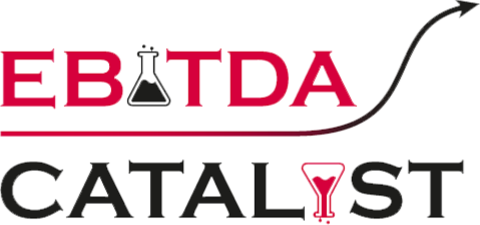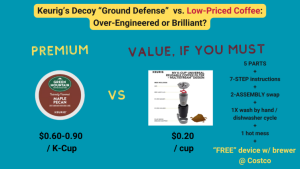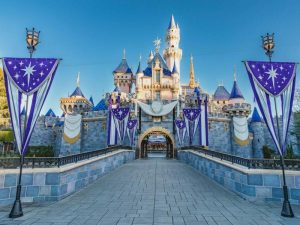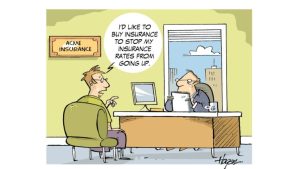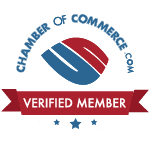By: Armin Kakas. This is a guest post from our partner Armin Kakas on Promotion Spend Optimization. It originally appeared on Armin’s blog with this version edited for consistency. To learn more about our partnership please read our partnership announcement.
Best-in-class Promotion Spend Optimization capabilities to drive your Operating Profit
If you are a ~$1B Manufacturer or Distributor that spends ~ 15% of its Gross Revenues on Promotions & Rebates every 50bps improvement in your Promotion Spend ROIs will drive +$0.75MM to your EBITDA. Let me describe the steps to take to enable these capabilities for your organization.
When asked you how much Incremental Gross Profit $ you’re getting for each $1 invested in Price Promotions, some CXOs probably wouldn’t know the answer. Outside of mid-to large-scale Consumer Products companies, most Manufacturers (Consumer Durables, Medical Devices, Auto Parts, etc.) don’t have robust (or any) Promotion Spend Effectiveness & Optimization solutions in place.
Most CFOs, Heads of Sales, and Pricing Leaders of companies that spend 10%+ of their Gross Revenues on Price Promotions can’t quantify the ROI of their Promotional Investments. Their teams are relegated to looking at basic sales and pricing reports to judge historical effectiveness and plan for the next period’s promotional calendar.
A common misconception among executives
Many CXOs and pricing leaders assume a Promotion Spend Effectiveness & Optimization solution. They may have the typical experience: an expensive investment with 6-12 month development times. Further, such an approach goes on to fail 60-80% of the time due to implementation flaws or lack of adoption. Indeed, most turnkey solutions are expensive, difficult to use, lack customization, and are often ineffective.
Fortunately, most manufacturers have the proper data assets to build actionable Promotion Spend Effectiveness & Optimization solutions in-house, using methods and technologies they are already familiar with.
Five steps to build an in-house solution that delivers
Here’s our tried and true recipe. 5 steps to build an in-house Pricing & Promotion Spend Optimization solution in 90-120 days to deliver high-value realization.
How will you succeed? By developing it collaboratively with a Core Team of IT, Finance, Marketing, Merchandising, and Sales leaders, along with a select group of Power Users brought along the journey at each step.
Step 1: Identify the Promo Effectiveness Metrics and Scenario Analytics capabilities you want to build.
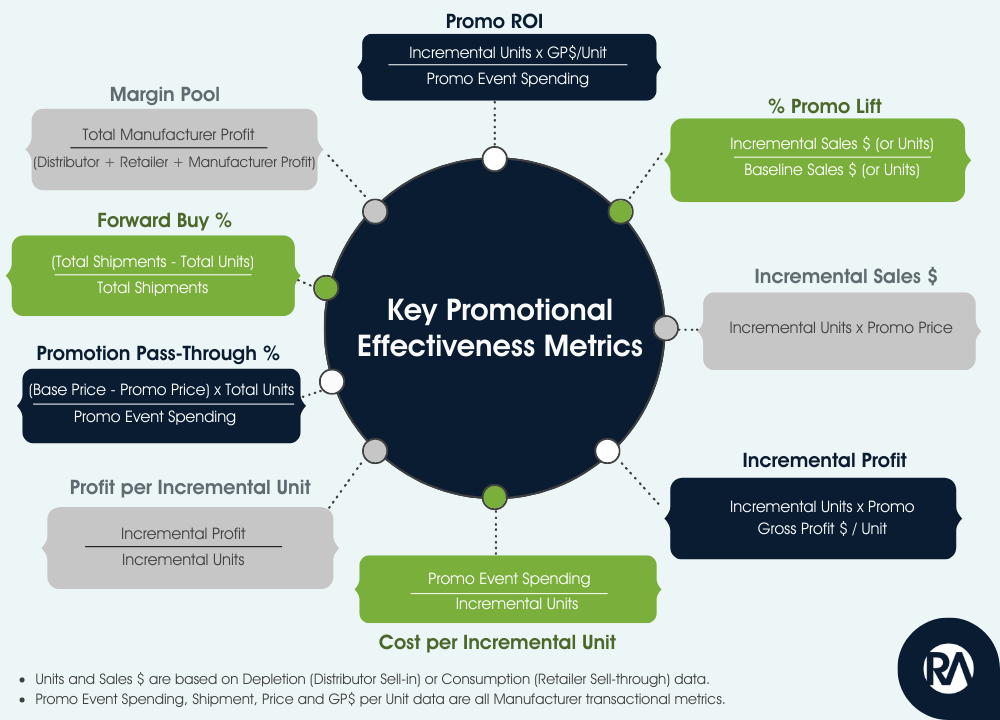
Key Promotional Effectiveness Metrics
Step 2: Collaborate with business and IT to deploy a purpose-built Pricing & Promotional Data Warehouse (e.g., Azure, GCP, AWS). Bring in Promotional Spend & Offer Details, Internal Sales Transactions, Distributor Sellout, Market / Competitive Data and Advertising data.
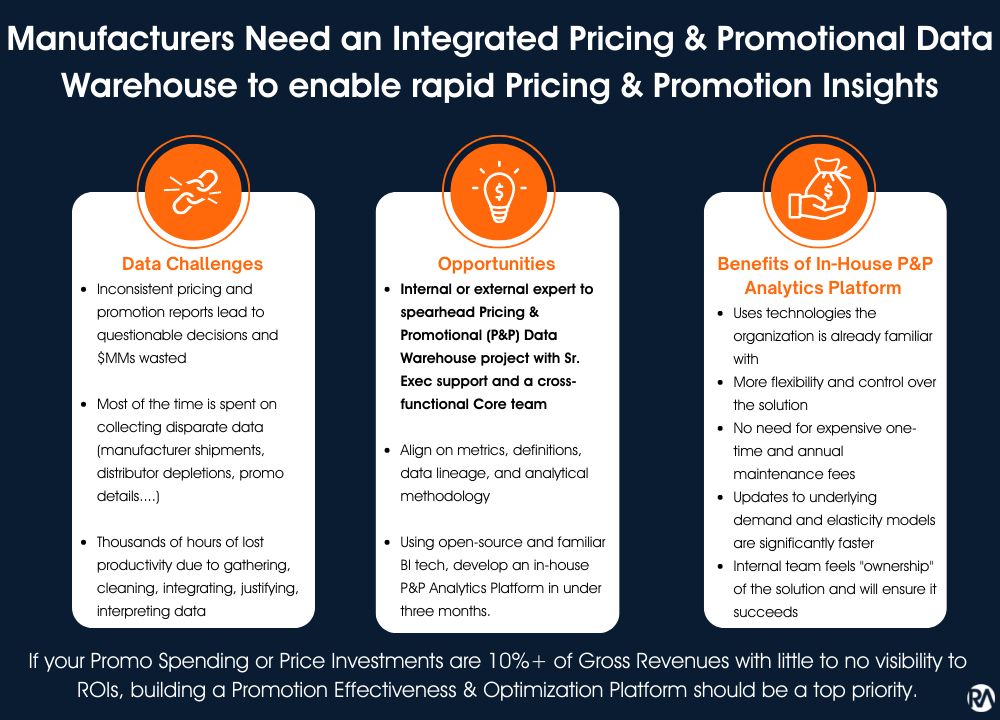
Purpose-Built Pricing & Promotional Data Warehouse
Step 3: Build Unit Demand Models that enable you to quantify Price Elasticities (used for scenario analyses). Then delineate Base vs. Incremental Unit sales. Here, I recommend you move beyond Linear Regression and try a more accurate ML approach.
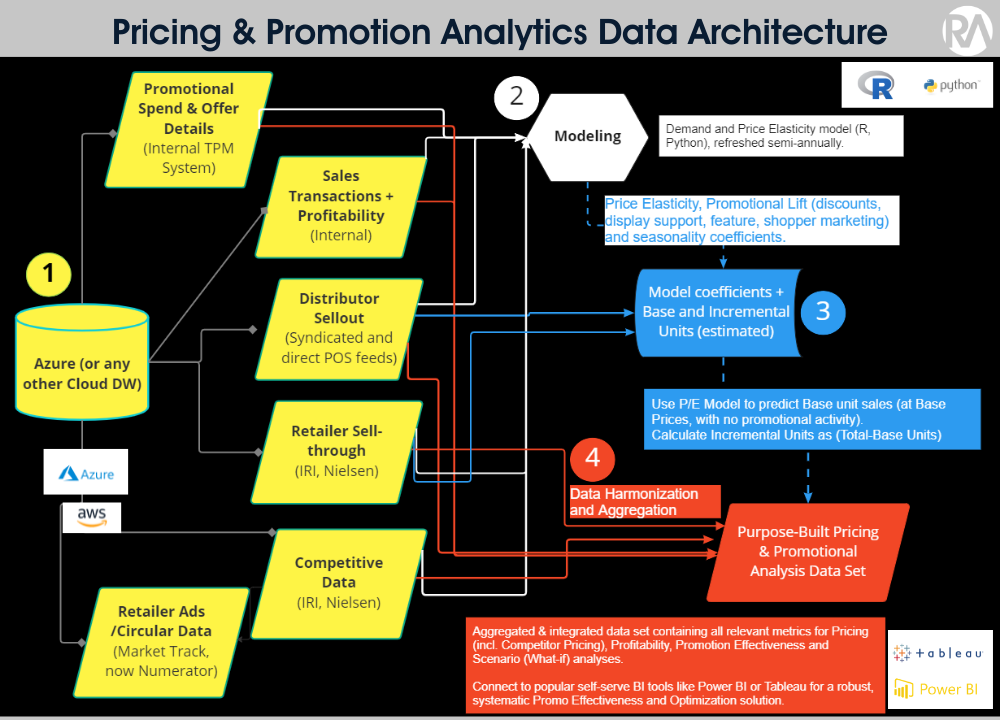
High Level Data Architecture
Step 4: Aggregate and harmonize your internal, external, and modeled data (base, incremental, price & promo elasticity coefficients). These are the building blocks of a purpose-built Promotion Analytics data set.
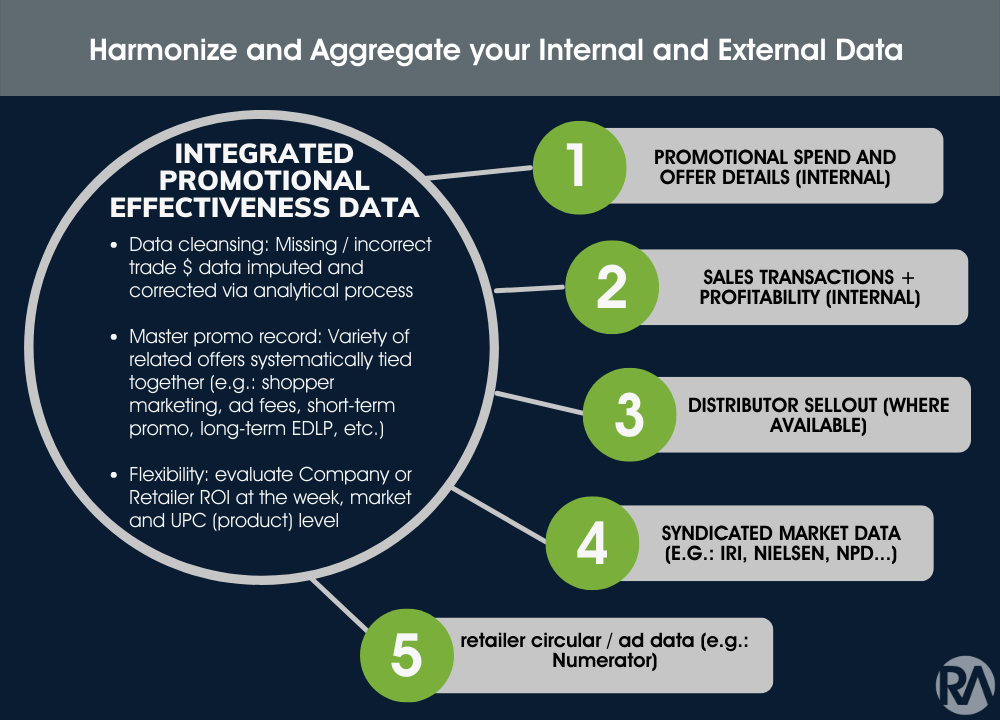
Data Harmonization
Step 5: Connect a popular self-serve BI tool (e.g., Tableau, Power BI) for a highly customized, dynamic, and visual Pricing & Promotion Analytics platform with what-if scenario analysis capabilities.
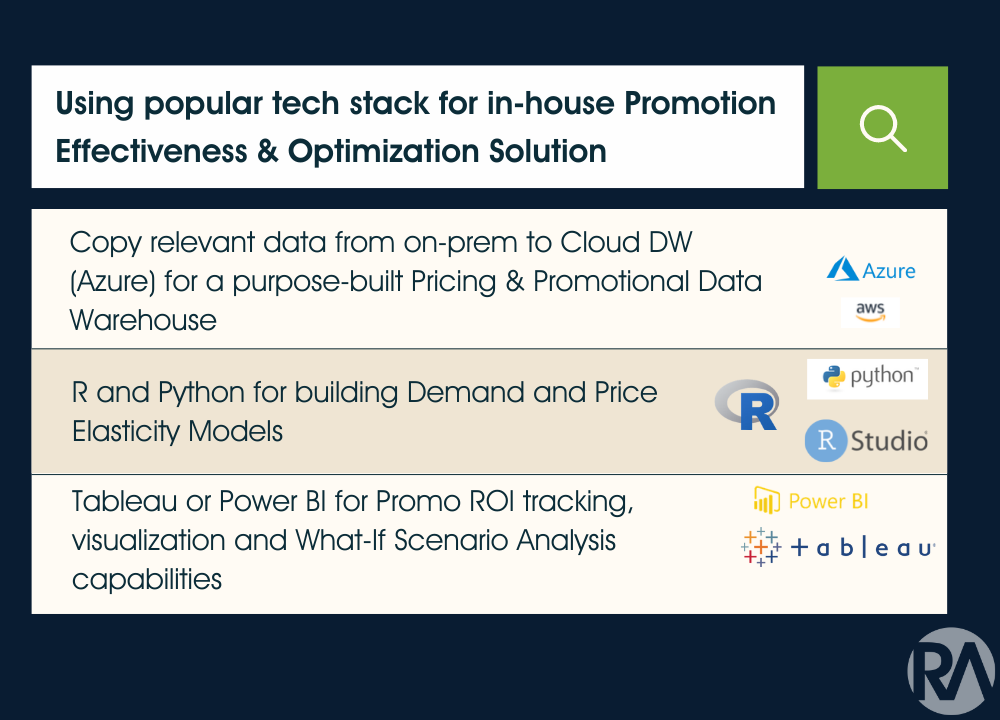
Tech stack
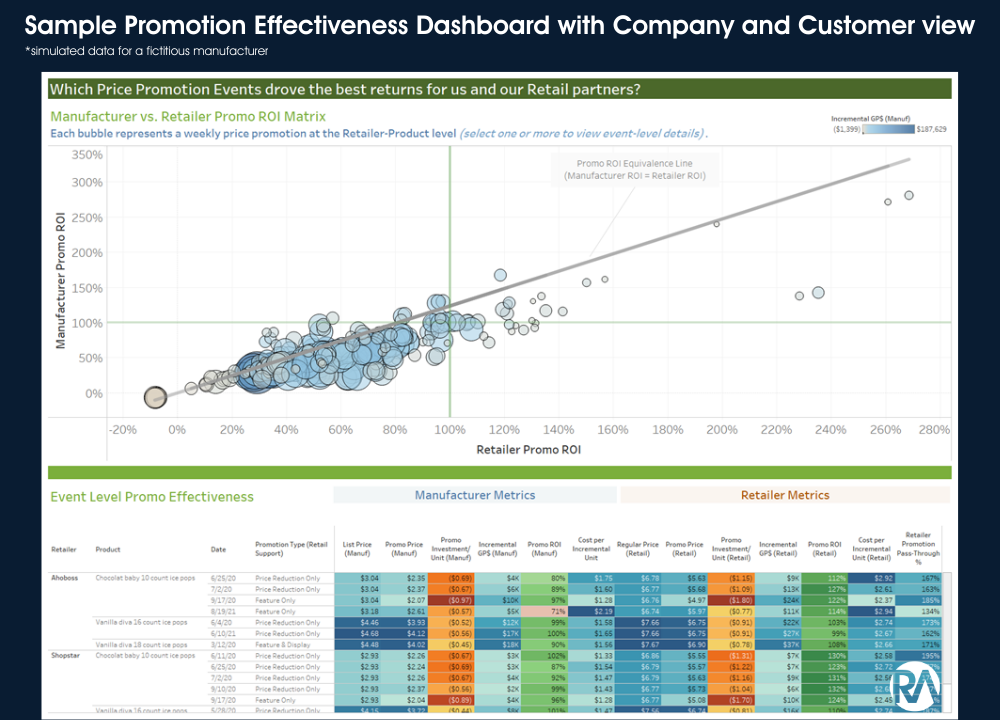
Sample Promotion Effectiveness module
